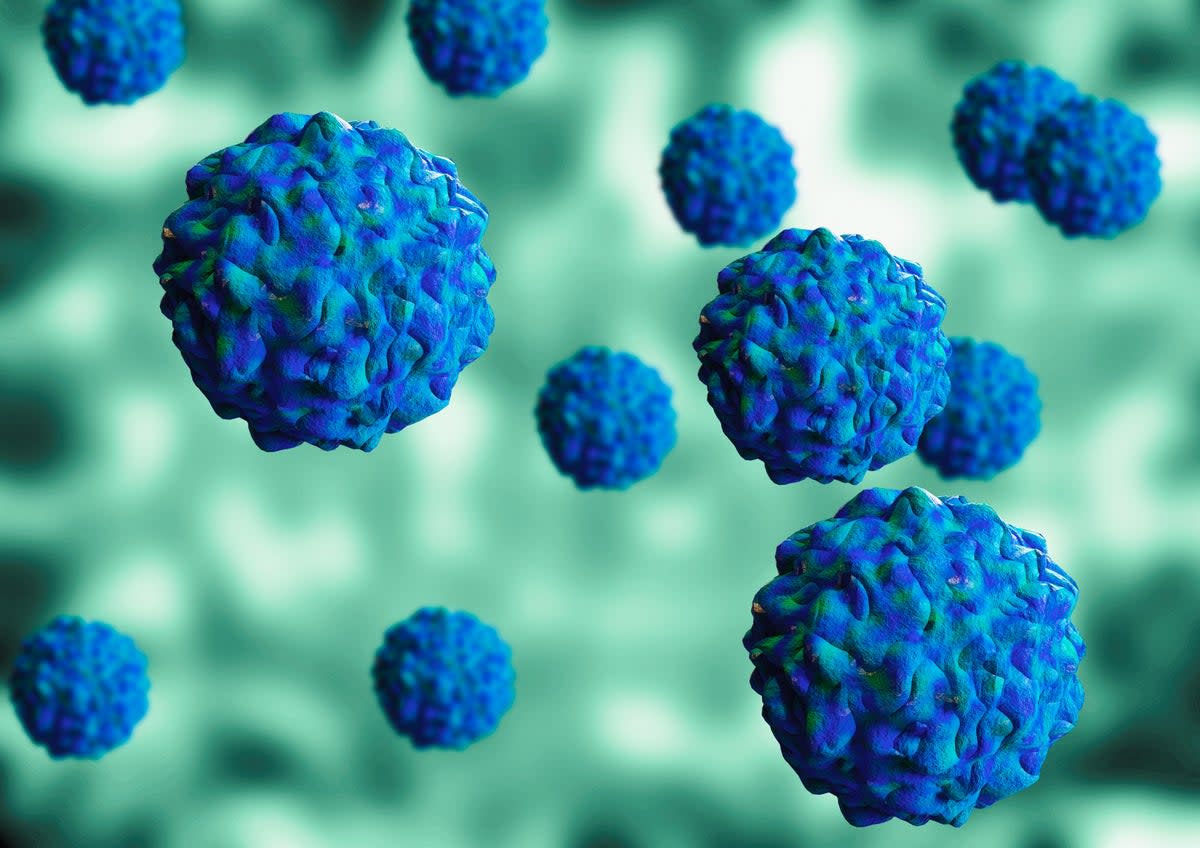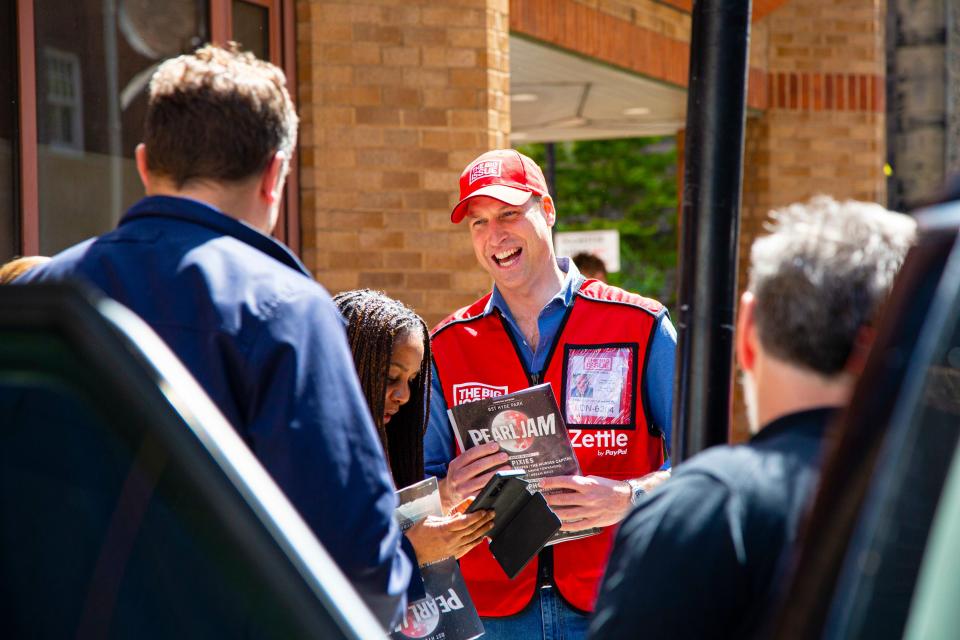100,000s of children not fully vaccinated against polio, figures show

Thousands of children across England are not fully protected against polio, with booster uptake lagging by 50 per cent in some parts of the country, government data show.
Some 101,737 children had not received a booster jab by their fifth birthday in 2020/21, out of a total of 693,928. Around a third of all these unprotected five-year-olds (34,105) were in London.
Uptake for a second polio booster is even lower in several parts of the country, including multiple London boroughs.
In Hillingdon, just 35 per cent of 14-year-olds had their school booster jabs in 2020/21, the worst coverage rate in the country. Poor uptake levels are also reported in Brent, Nottingham, Leicester and Middlesbrough.
It comes as health officials declared a national incident after the detection of poliovirus in London wastewater. The virus, which can cause paralysis in rare cases, was identified in sewage samples taken from the capital between February and May 2022.
Scientists fear the virus is silently spreading among communities in northeast London and has begun to evolve.
The polio vaccine is given when a child is eight, 12 and 16 weeks old. And two further jabs are administered at three years and four months, and at 14 years. However, government data show that not all children have received the full five-shot course.
The regional percentages of five-year-olds who had not received their boosters in 2020/21 ranged from 8.4 per cent in northeast England to 27.4 per cent in London.
In southwest England, 10.3 per cent did not get their first booster and 10.4 per cent of those in eastern England did not.
Separate data from the UK Health Security Agency show that 123,132 children aged 14 had not received a teenage booster jab in 2020/21, while 502,247 had.
The regional breakdown of those who had not received a teenage booster ranged from 16.1 per cent in southeast England to 23.2 per cent in the South West.
More recent quarterly data, for October to December 2021, show that nearly a third of children in London had not had a booster by the age of five, while the figure was more than one in 10 across the rest of England.
UKHSA said it was “likely” there had been a spread of a vaccine-derived poliovirus type 2 (VDPV2) between closely linked people in northeast London, with infected individuals believed to be shedding the virus in their faeces. So far, no suspected cases have been reported or confirmed.
The rise of VDPV2s throughout the globe is threatening attempts to eradicate polio. They are a rare, mutated version of the virus – typically found in under-immunised communities with poor sanitation – which derive from the live oral polio vaccine (OPV).
People vaccinated with OPV, which has not been used in Britain since 2004, can briefly shed traces of the vaccine-like poliovirus in their faeces. Samples of this kind are detected up to three times a year in UK sewage, most likely from people inoculated overseas, and are considered normal, the UKHSA said.
However, the viral samples found earlier this year at London Beckton Sewage Treatment Works, which covers four million people across the northeast of the capital, appear to be related and share mutations. This suggests the virus is spreading and evolving.
It’s likely the virus was introduced to the UK in early 2022 by a person vaccinated with the OPV in an overseas country, who then began shedding the virus. From there, it might have been transmitted within a single family, before later spreading among individuals who aren’t fully vaccinated.
UK news in pictures











With patchy coverage across parts of the country, scientists have urged people who aren’t fully protected to come forward and complete their vaccination courses.
“Multiplication of vaccine-derived polio viruses can happen only if there is poor immunity against polio in the community, and with polio vaccine coverage at only 86 per cent in London we have a potential pool of susceptibles,” said Beate Kampmann, a professor of paediatric infection and immunity at the London School of Hygiene and Tropical Medicine.
“The mission now has to be that everyone looks at their immunisation books and gets their series completed, so we close the gap and don’t allow these strains to spread.”
Most people who get polio suffer mild, flu-like issues such as a high temperature, extreme tiredness, headaches, vomiting, a stiff neck and muscle pain.
In between one in 100 and one in 1,000 infections, the polio virus attacks the nerves in the spine and base of the brain and can cause paralysis.

 Yahoo News
Yahoo News 
